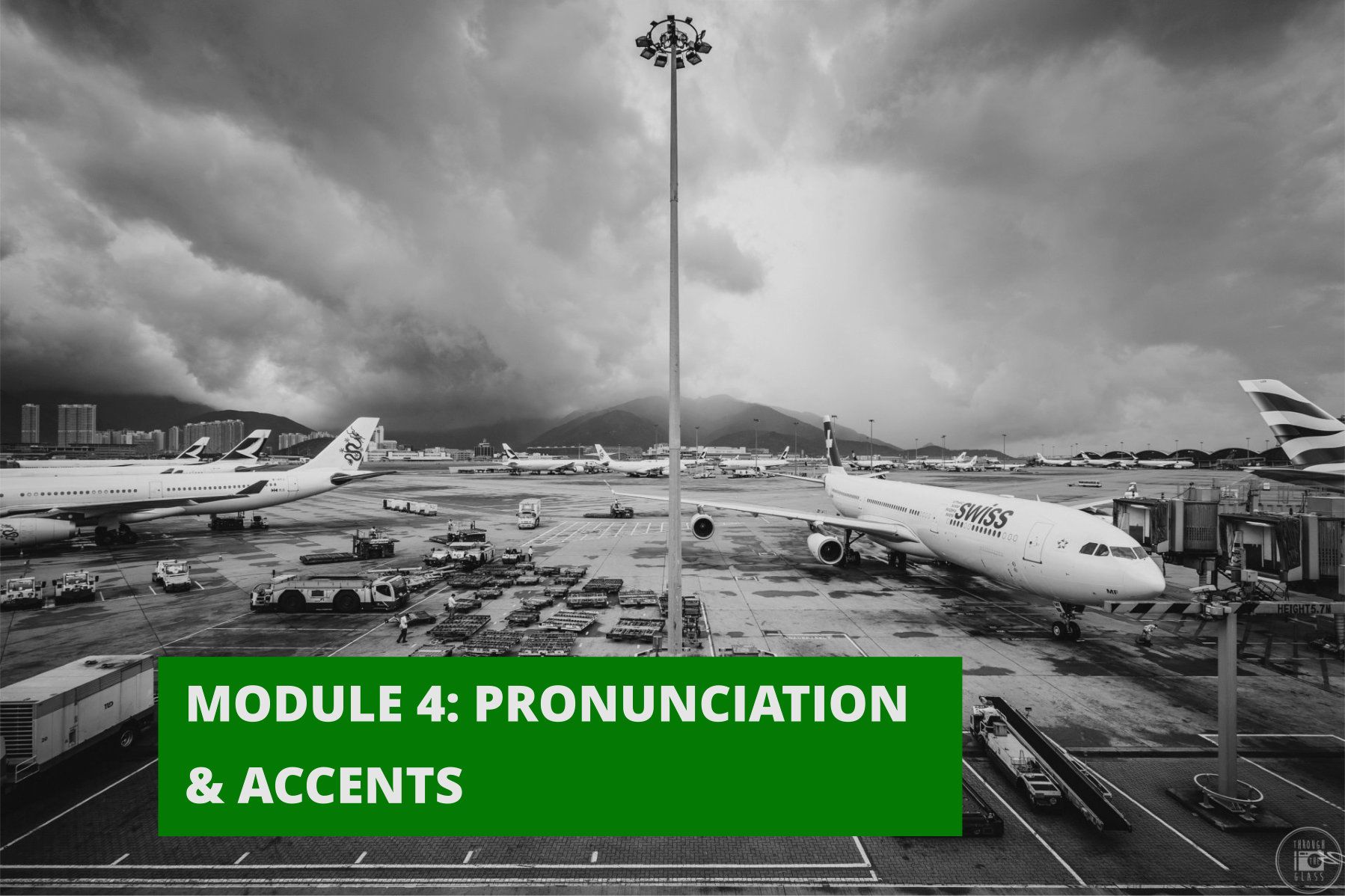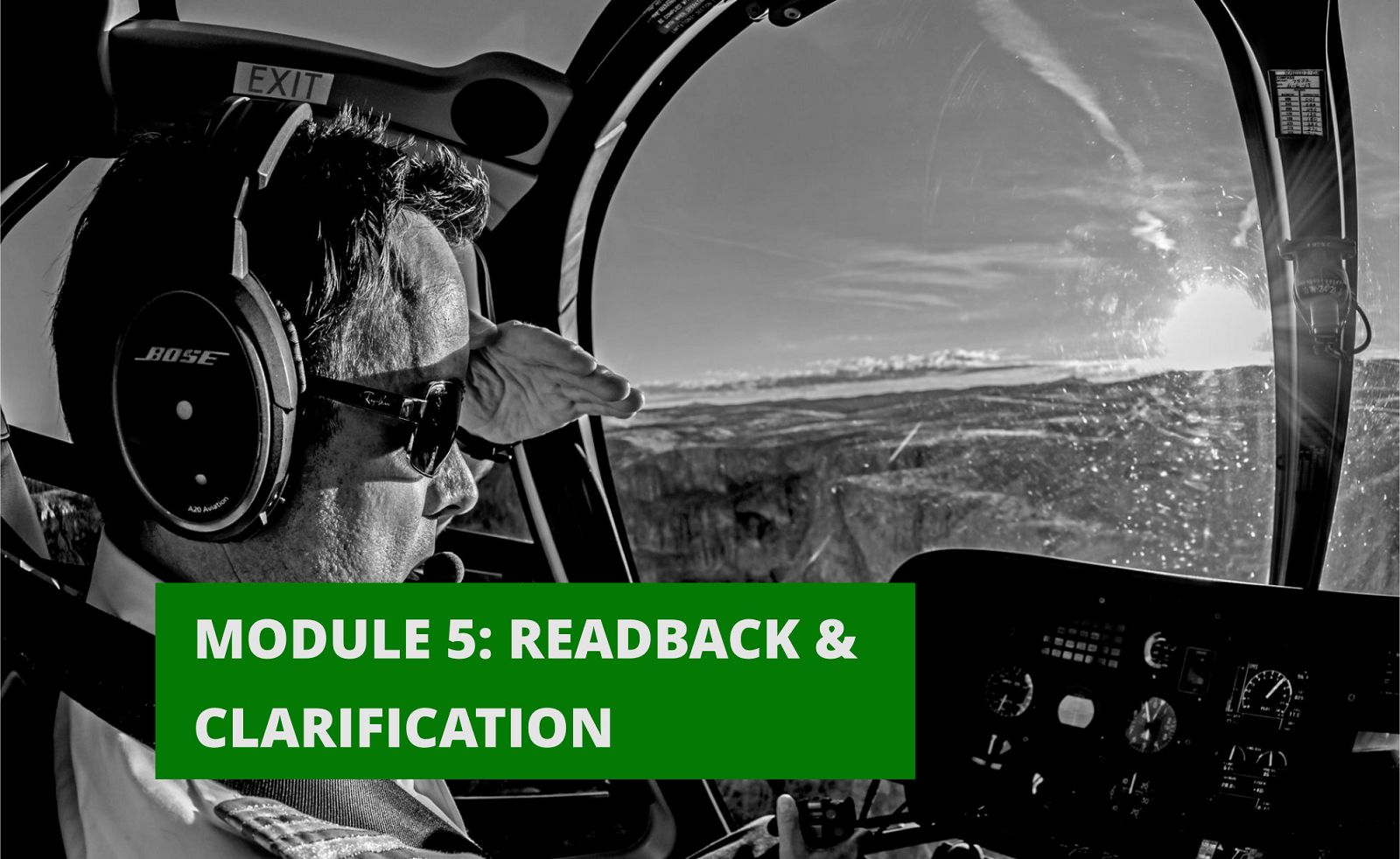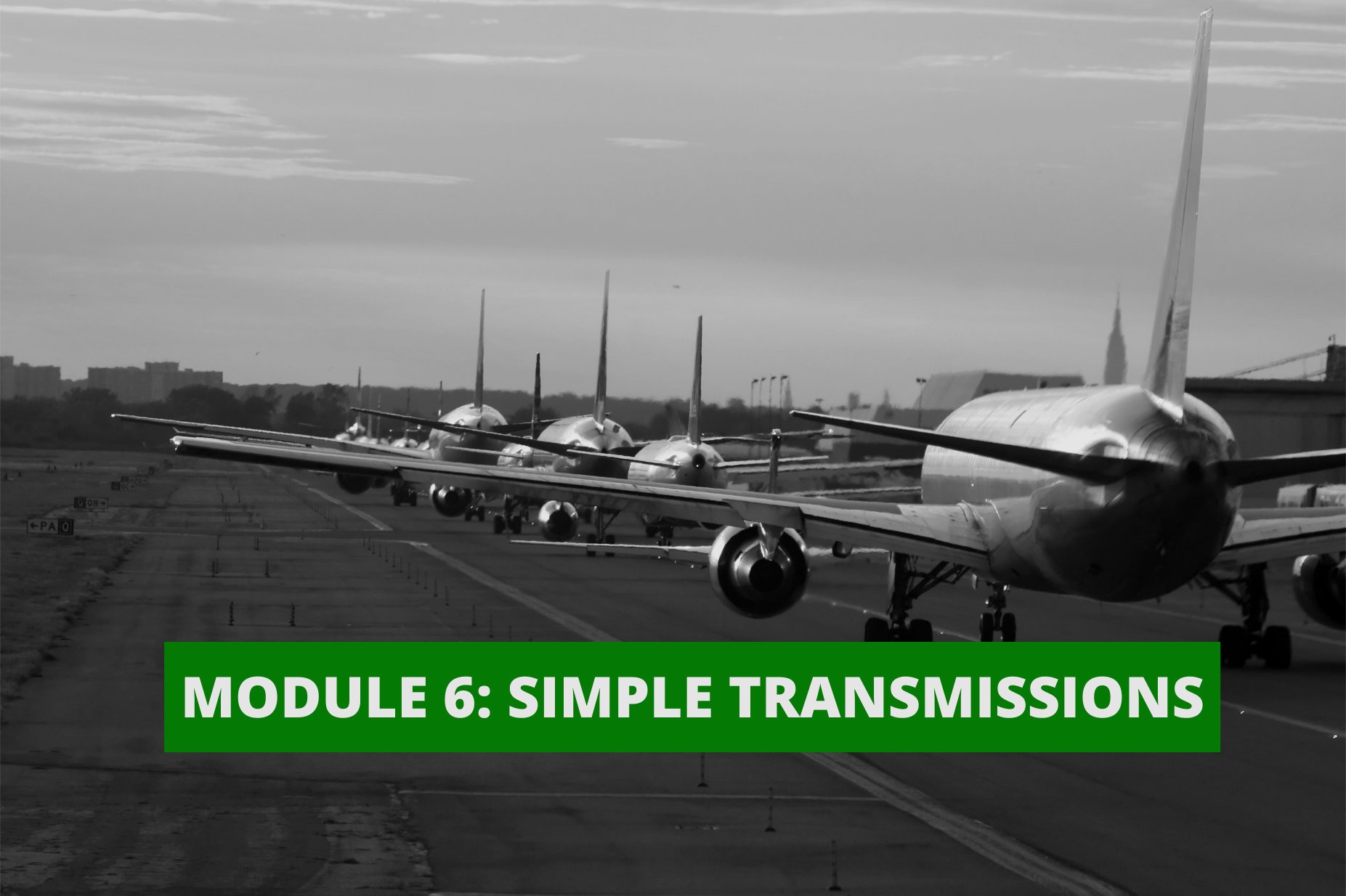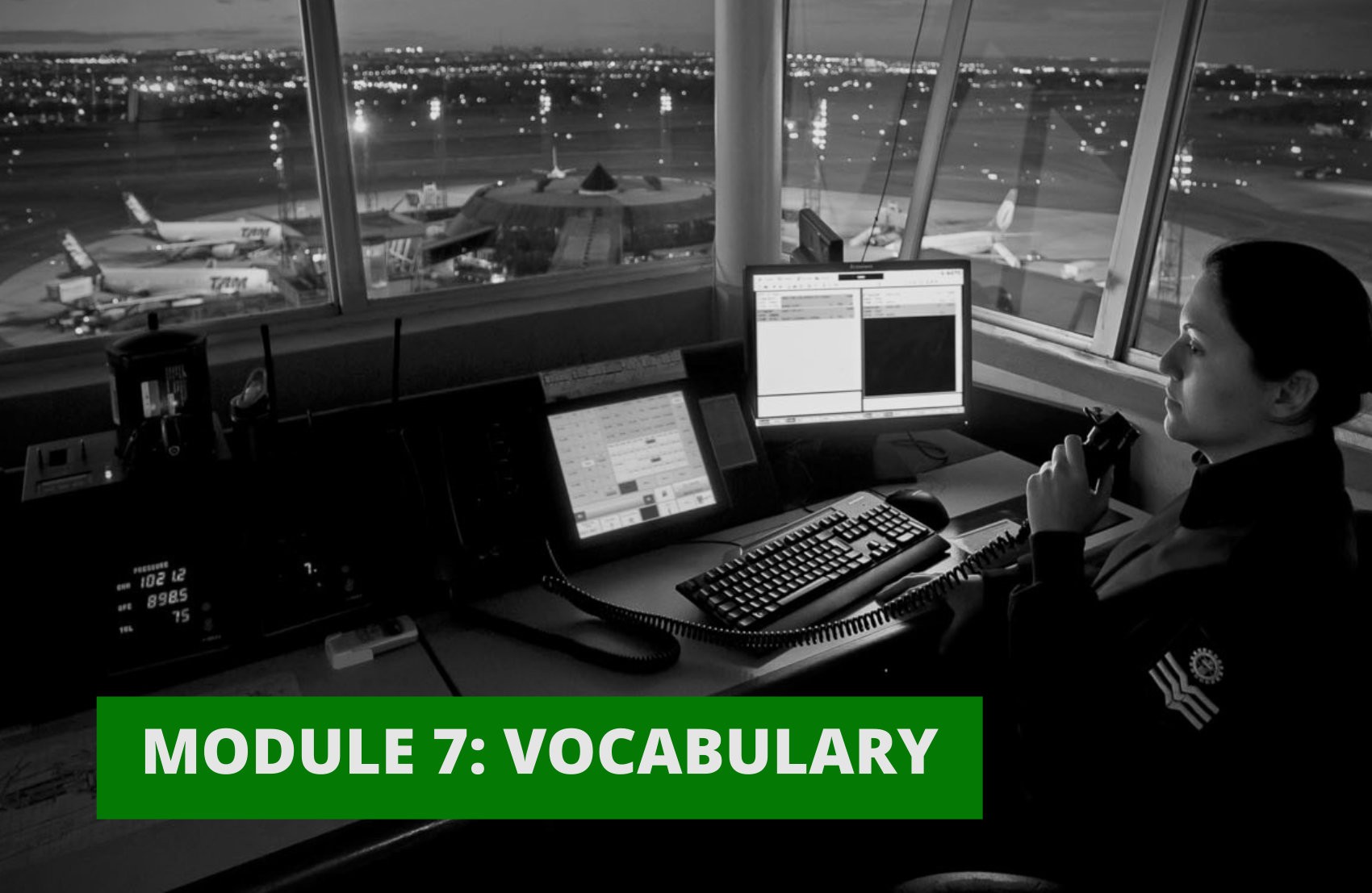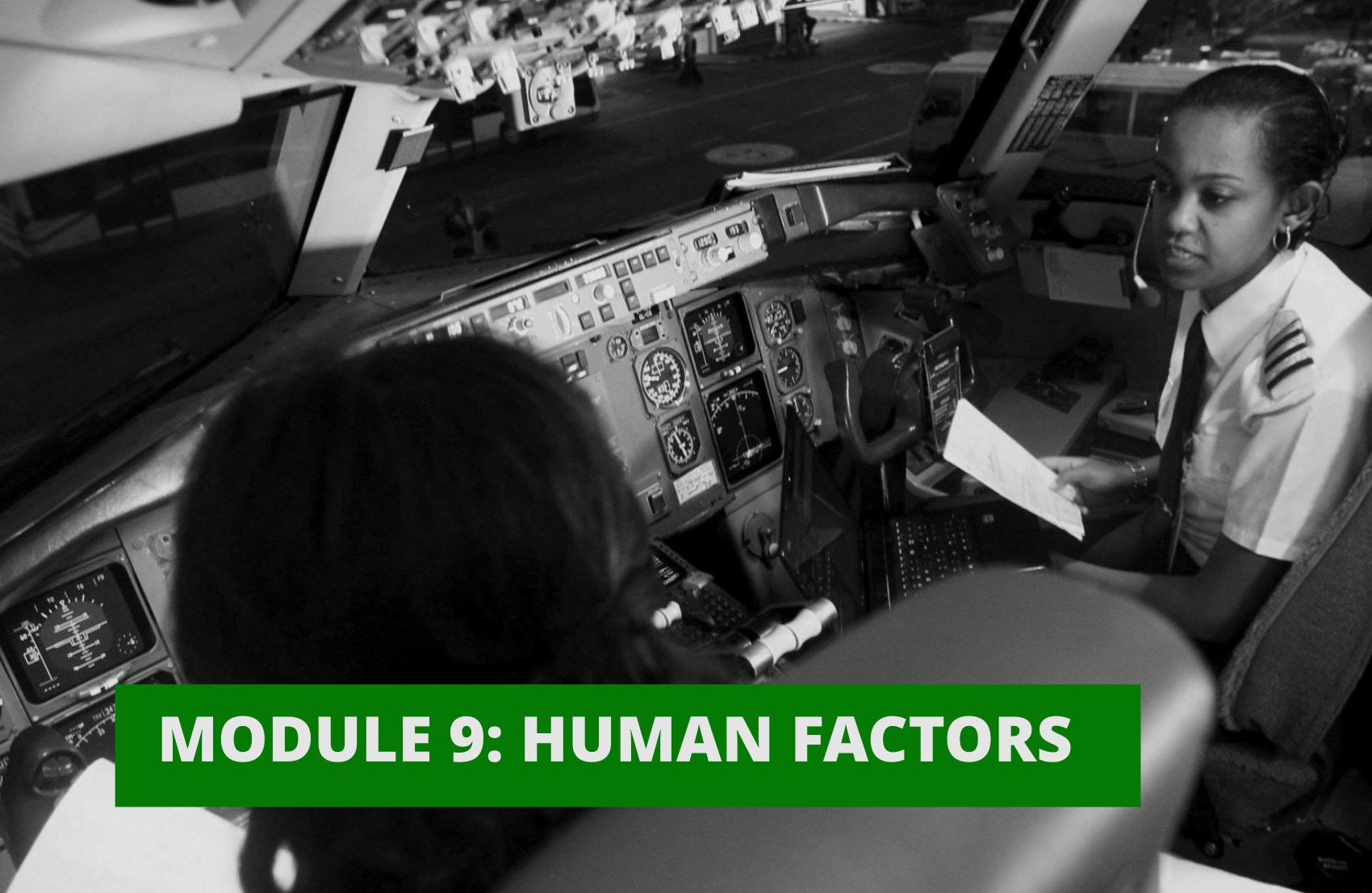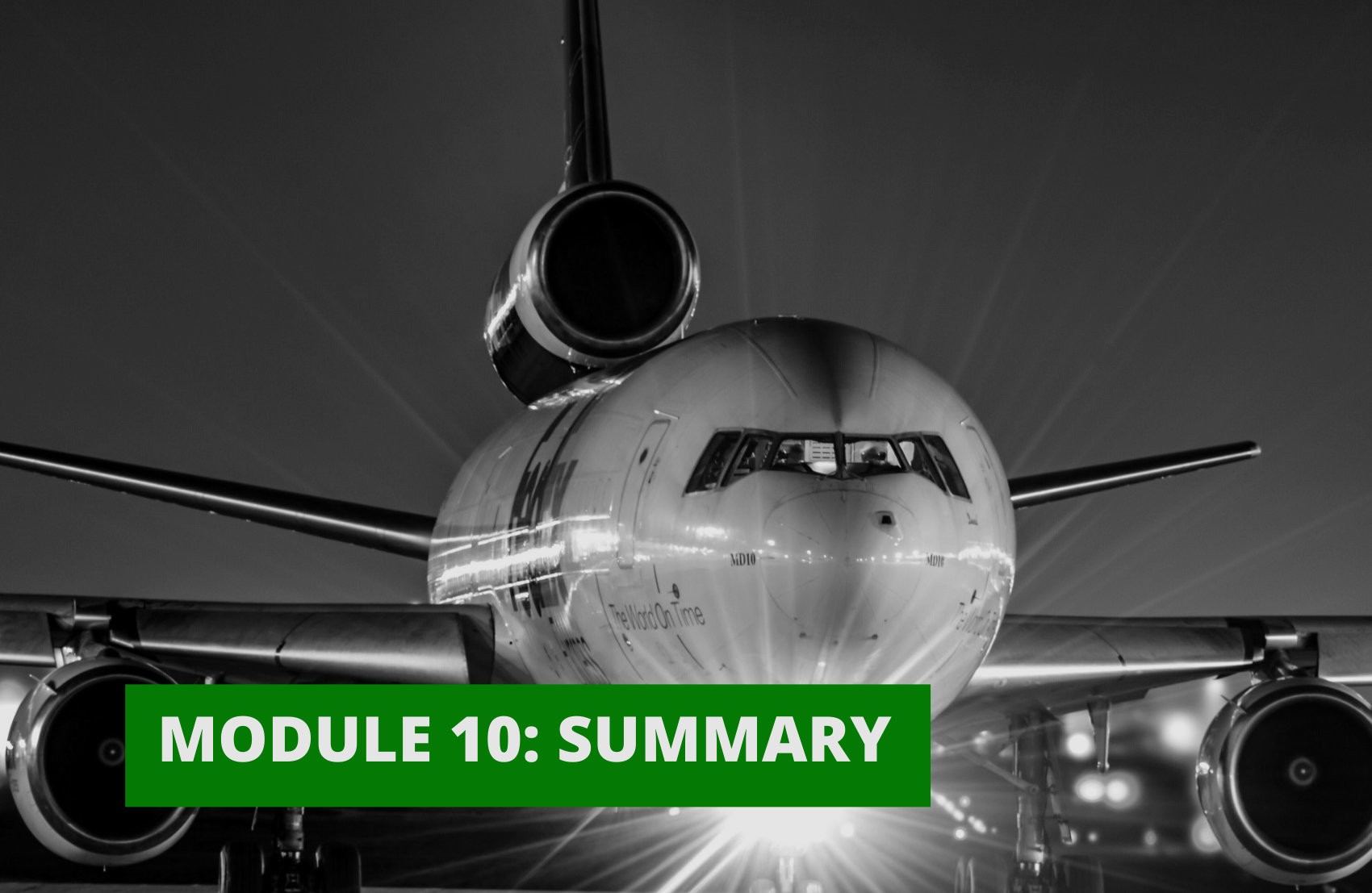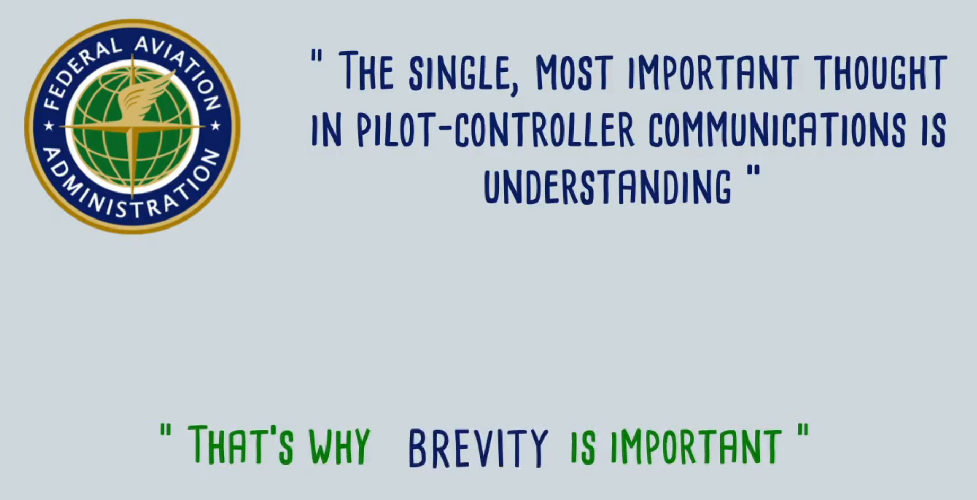SayAgain (NNS closed)
 |
This course contains the following modules:
|
| Introduction | |
|
Standard Phraseology & Plain English
|
|
|
|
Rate of Speech |
|
Pronunciation & Accents
|
|
|
Readback & Clarification
|
|
|
Simple Transmissions
|
|
|
Vocabulary
|
|
|
Grammar
|
|
|
Human Factors
|
|
|
|
Summary
|

 |
This course contains the following modules:
|
| Introduction | |
|
Standard Phraseology & Plain English
|
|
|
|
Rate of Speech |
|
Pronunciation & Accents
|
|
|
Readback & Clarification
|
|
|
Simple Transmissions
|
|
|
Vocabulary
|
|
|
Grammar
|
|
|
Human Factors
|
|
|
|
Summary
|

 |
Module 1: Introduction |
 |
In this module you will learn:
|
| Approximate training time: 7 minutes | |
| Progress: Module 1 of 10 |
 |
Module 1: Introduction |
 |
In this module you will learn:
|
| Approximate training time: 7 minutes | |
| Progress: Module 1 of 10 |


 |
Summary: Introduction
Progress: Module 1 of 10
|
 |
You have completed the training for Module 1 Checklist:
|
 |
Summary: Introduction
Progress: Module 1 of 10
|
 |
You have completed the training for Module 1 Checklist:
|
 |
Module 2: Standard Phraseology & Plain English |
 |
In this module you will learn:
|
| Approximate training time: 5 minutes | |
| Progress: Module 2 of 10 |
 |
Module 2: Standard Phraseology & Plain English |
 |
In this module you will learn:
|
| Approximate training time: 5 minutes | |
| Progress: Module 2 of 10 |
 |
Safe communication |
Safe communication is not just about using standard phraseology wherever possible – it’s also about delivering it correctly.
Some of the key guidelines are:
- Use a normal conversation tone, speak clearly and distinctly
- Maintain an even rate of speech not exceeding 100 words per minute
- Maintain the speaking volume at a constant level
(ICAO Document 9432)
- Be aware that the mother-tongue of the person receiving the message may not be English. Therefore, speak clearly
(UK CAP Document 413)
These apply to all aviation communications and we’ll explore them in more detail as we go through the course.

 |
Safe communication |
Safe communication is not just about using standard phraseology wherever possible – it’s also about delivering it correctly.
Some of the key guidelines are:
- Use a normal conversation tone, speak clearly and distinctly
- Maintain an even rate of speech not exceeding 100 words per minute
- Maintain the speaking volume at a constant level
(ICAO Document 9432)
- Be aware that the mother-tongue of the person receiving the message may not be English. Therefore, speak clearly
(UK CAP Document 413)
These apply to all aviation communications and we’ll explore them in more detail as we go through the course.

 |
Summary: Standard Phraseology & Plain English
Progress: Module 2 of 10
|
 |
You have completed the training for Module 2 Checklist:
|
 |
Summary: Standard Phraseology & Plain English
Progress: Module 2 of 10
|
 |
You have completed the training for Module 2 Checklist:
|
 |
I'm ready for Module 3 This module will take about 20 minutes to complete |
 |
Module 3:
Rate of Speech
|
 |
In this module you will learn about:
|
| Approximate training time: 20 minutes | |
| Progress: Module 3 of 10 |
 |
Module 3:
Rate of Speech
|
 |
In this module you will learn about:
|
| Approximate training time: 20 minutes | |
| Progress: Module 3 of 10 |
 |
Slow Speech Simulator Training |
 |
|
In the next section we look at techniques to help slow our speech. There are a number of techniques for you to practise. They have been developed by experts and are proven to work. Some of these may feel unnatural at first - but persevere. It’s like simulator training – it’s not natural to experience lots of emergencies during one flight but we practise dealing with them to make aviation safer. The same applies to practising slower speech. |
 |
Slow Speech Simulator Training |
 |
|
In the next section we look at techniques to help slow our speech. There are a number of techniques for you to practise. They have been developed by experts and are proven to work. Some of these may feel unnatural at first - but persevere. It’s like simulator training – it’s not natural to experience lots of emergencies during one flight but we practise dealing with them to make aviation safer. The same applies to practising slower speech. |
 |
Summary:
Rate of Speech Progress: Module 3 of 10
|
 |
You have completed the training for Module 3 Checklist:
|
 |
Summary:
Rate of Speech Progress: Module 3 of 10
|
 |
You have completed the training for Module 3 Checklist:
|
 |
I'm ready for Module 4 This module will take about 6 minutes to complete |
 |
Module 4:
Pronunciation & Accents
|
 |
In this module you will learn:
|
| Approximate training time: 6 minutes | |
| Progress: Module 4 of 10 |
 |
Module 4:
Pronunciation & Accents
|
 |
In this module you will learn:
|
| Approximate training time: 6 minutes | |
| Progress: Module 4 of 10 |
 |
Accent Tool |
Understanding international accents can be difficult.
Each language has its special features; so the way a French person speaks English will be different to the way a Chinese person speaks, etc…
Understanding international accents is vital for clear communication.

 |
Accent Tool |
Understanding international accents can be difficult.
Each language has its special features; so the way a French person speaks English will be different to the way a Chinese person speaks, etc…
Understanding international accents is vital for clear communication.

 |
Accent Tool |
The key to understanding is familiarity.
The SayAgain Accent Tool at end of this course provides over 500 audio recordings from people of 18 different nationalities speaking English.
This will give you exposure to a wide range of international accents.

 |
Accent Tool |
The key to understanding is familiarity.
The SayAgain Accent Tool at end of this course provides over 500 audio recordings from people of 18 different nationalities speaking English.
This will give you exposure to a wide range of international accents.

 |
Summary:
Pronunciation & Accents
Progress: Module 4 of 10
|
 |
You have completed the training for Module 4 Checklist:
|
 |
Summary:
Pronunciation & Accents
Progress: Module 4 of 10
|
 |
You have completed the training for Module 4 Checklist:
|
 |
I'm ready for Module 5 This module will take about 8 minutes to complete |
 |
Module 5:
Readback & Clarification
|
 |
In this module you will learn:
|
| Approximate training time: 8 minutes | |
| Progress: Module 5 of 10 |
 |
Module 5:
Readback & Clarification
|
 |
In this module you will learn:
|
| Approximate training time: 8 minutes | |
| Progress: Module 5 of 10 |
 |
Summary: Readback & Clarification
Progress: Module 5 of 10
|
 |
You have completed the training for Module 5 Checklist:
|
 |
Summary: Readback & Clarification
Progress: Module 5 of 10
|
 |
You have completed the training for Module 5 Checklist:
|
 |
I'm ready for Module 6 This module will take about 10 minutes to complete |
 |
Module 6: Simple Transmissions
|
 |
In this module you will learn:
|
| Approximate training time: 10 minutes | |
| Progress: Module 6 of 10 |
 |
Module 6: Simple Transmissions
|
 |
In this module you will learn:
|
| Approximate training time: 10 minutes | |
| Progress: Module 6 of 10 |
 |
Summary: Simple Transmissions
Progress: Module 6 of 10
|
 |
You have completed the training for Module 6 Checklist:
|
 |
Summary: Simple Transmissions
Progress: Module 6 of 10
|
 |
You have completed the training for Module 6 Checklist:
|
 |
I'm ready for Module 7 This module will take about 8 minutes to complete |
 |
Module 7: Vocabulary |
 |
In this module you will learn:
|
| Approximate training time: 8 minutes | |
| Progress: Module 7 of 10 |
 |
Module 7: Vocabulary |
 |
In this module you will learn:
|
| Approximate training time: 8 minutes | |
| Progress: Module 7 of 10 |
 |
Summary: Vocabulary
Progress: Module 7 of 10
|
 |
You have completed the training for Module 7. Checklist:
|
 |
Summary: Vocabulary
Progress: Module 7 of 10
|
 |
You have completed the training for Module 7. Checklist:
|
 |
I'm ready for Module 8 This module will take about 10 minutes to complete |
 |
Module 8: Grammar |
 |
In this module you will learn:
|
| Approximate training time: 10 minutes | |
| Progress: Module 8 of 10 |
 |
Module 8: Grammar |
 |
In this module you will learn:
|
| Approximate training time: 10 minutes | |
| Progress: Module 8 of 10 |
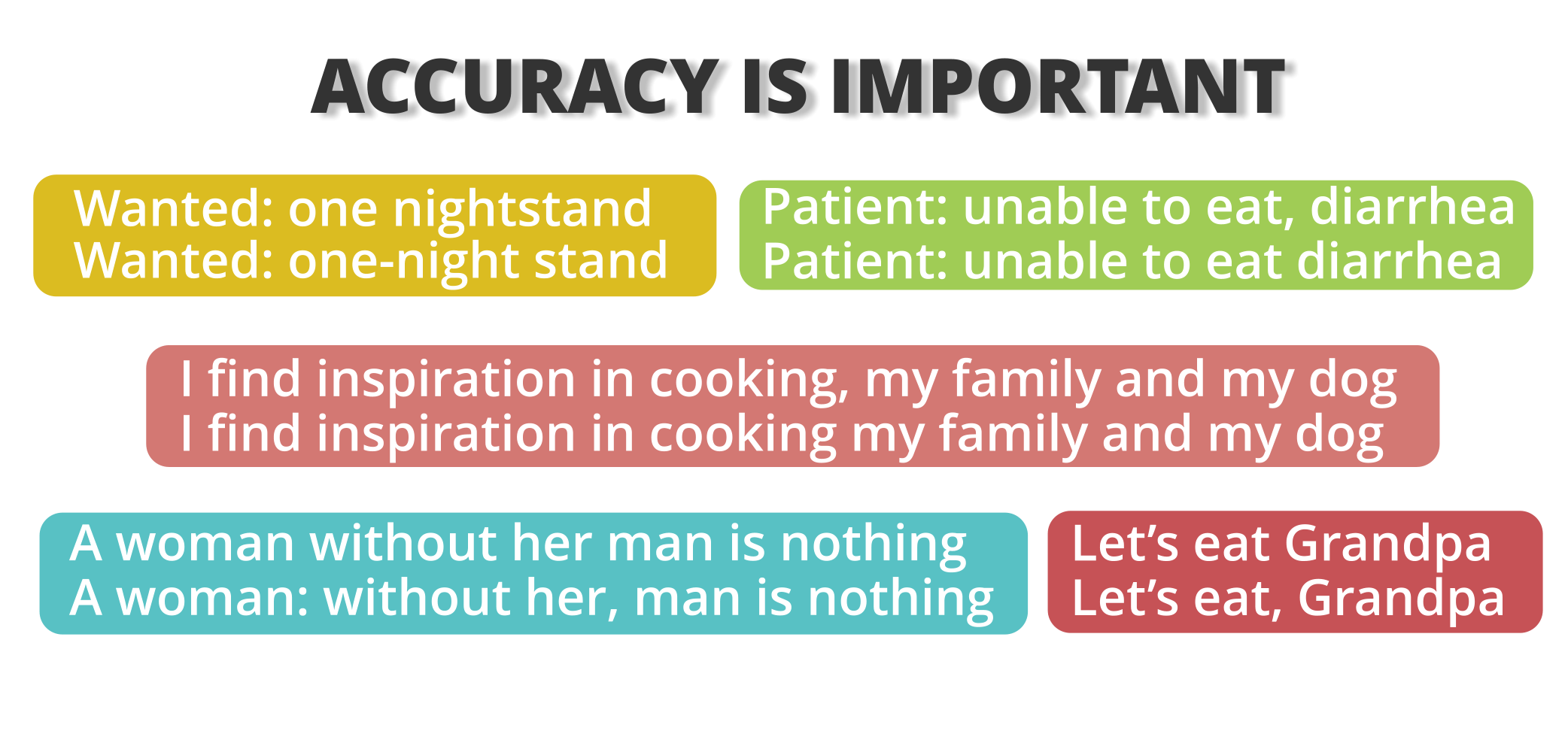
- the order we put words in, and
- which form of a word to use

- the order we put words in, and
- which form of a word to use

- I worked
- I was working
- I have worked
- I have been working
- I had worked
- I had been working

- I worked
- I was working
- I have worked
- I have been working
- I had worked
- I had been working
 PAST TENSES - BE AWARE
PAST TENSES - BE AWARE- 'I spoke to the pilot about the incident'
- 'I have been speaking to the pilot about the incident'
 PAST TENSES - BE AWARE
PAST TENSES - BE AWARE- 'I spoke to the pilot about the incident'
- 'I have been speaking to the pilot about the incident'
 PAST TENSES - BE AWARE
PAST TENSES - BE AWARE- If Jack was navigating they would probably not get lost
- Jack is a good navigator
- I would stay late if I was needed to
- I am happy to stay late
- I wish the manual wasn’t so long
- I don't like the manual because it is too long
- Excuse me, I was wondering if this was the United check-in desk?
- Is this the United check-in desk?
 PAST TENSES - BE AWARE
PAST TENSES - BE AWARE- If Jack was navigating they would probably not get lost
- Jack is a good navigator
- I would stay late if I was needed to
- I am happy to stay late
- I wish the manual wasn’t so long
- I don't like the manual because it is too long
- Excuse me, I was wondering if this was the United check-in desk?
- Is this the United check-in desk?
 NOUNS
NOUNS- a process
- a technique
- an emotion
| VERB |
NOUN
|
| complete |
completion
|
| introduce |
introduction
|
| provide |
provision
|
| fail |
failure
|
| arrange |
arrangement
|
| investigate |
investigation
|
- The investigation of the incident has been carried out by a team ✘
- A team has investigated the incident ✔
 NOUNS
NOUNS- a process
- a technique
- an emotion
| VERB |
NOUN
|
| complete |
completion
|
| introduce |
introduction
|
| provide |
provision
|
| fail |
failure
|
| arrange |
arrangement
|
| investigate |
investigation
|
- The investigation of the incident has been carried out by a team ✘
- A team has investigated the incident ✔
 Ways we can simplify our grammar:
Ways we can simplify our grammar:
- Runway 20, which is 400 metres long, is the runway in use. ✘
- Runway 20 is the runway in use. It is 400 metres long. ✔
 Ways we can simplify our grammar:
Ways we can simplify our grammar:
- Runway 20, which is 400 metres long, is the runway in use. ✘
- Runway 20 is the runway in use. It is 400 metres long. ✔
 Ways we can simplify our grammar:
Ways we can simplify our grammar:
USE ACTIVE VERB FORMS (rather than the passive)
- The message was passed ✘
- The aircraft passed the message ✔
 Ways we can simplify our grammar:
Ways we can simplify our grammar:
USE ACTIVE VERB FORMS (rather than the passive)
- The message was passed ✘
- The aircraft passed the message ✔
 Ways we can simplify our grammar:
Ways we can simplify our grammar:
AVOID NEGATIVE QUESTIONS
- Didn’t you understand? (i.e. Did you not understand?) ✘
- Did you understand? ✔
 Ways we can simplify our grammar:
Ways we can simplify our grammar:
AVOID NEGATIVE QUESTIONS
- Didn’t you understand? (i.e. Did you not understand?) ✘
- Did you understand? ✔
 |
Summary: Grammar
Progress: Module 8 of 10
|
 |
You have completed the training for Module 8. Checklist:
|
 |
Summary: Grammar
Progress: Module 8 of 10
|
 |
You have completed the training for Module 8. Checklist:
|
 |
I'm ready for Module 9 This module will take about 10 minutes to complete |
 |
Module 9: Human Factors |
 |
In this module you will learn about:
|
| Approximate training time: 10 minutes | |
| Progress: Module 9 of 10 |
 |
Module 9: Human Factors |
 |
In this module you will learn about:
|
| Approximate training time: 10 minutes | |
| Progress: Module 9 of 10 |
 |
Summary: Human Factors
Progress: Module 9 of 10
|
 |
You have completed the training for Module 9. Checklist:
|
 |
Summary: Human Factors
Progress: Module 9 of 10
|
 |
You have completed the training for Module 9. Checklist:
|
 |
I'm ready for Module 10 This module will take about 20 minutes to complete |
 |
Module 10: Summary |
 |
This module provides a summary of the previous 9 modules. |
| Approximate training time: 20 minutes | |
| Progress: Module 10 of 10 |
 |
Module 10: Summary |
 |
This module provides a summary of the previous 9 modules. |
| Approximate training time: 20 minutes | |
| Progress: Module 10 of 10 |
 |
SUMMARY Module 1: Introduction |
- Communication is a causal factor in 80% of aviation incidents
- ICAO requires ALL pilots and air traffic controllers to meet the English language proficiency standards
- This includes native English speakers
- But we shouldn't try to copy the way native English speakers talk - they often get it wrong!
 |
SUMMARY Module 1: Introduction |
- Communication is a causal factor in 80% of aviation incidents
- ICAO requires ALL pilots and air traffic controllers to meet the English language proficiency standards
- This includes native English speakers
- But we shouldn't try to copy the way native English speakers talk - they often get it wrong!
 |
SUMMARY Module 1: Introduction |
- 88% of personnel who speak English as their second language say that it's harder to communicate with native speakers, than with other non-native speakers
 |
SUMMARY Module 1: Introduction |
- 88% of personnel who speak English as their second language say that it's harder to communicate with native speakers, than with other non-native speakers
 |
SUMMARY Module 1: Introduction |
- Most non-native pilots and controllers are required to take an ICAO English exam every few years
- Speaking and listening skills are tested. Reading and writing skills are not
- Aviation English skills are rated on a scale of 1 to 6
- The minimum standard is called Operational Level 4
- Although this standard is strict, if someone has Operational Level 4 English, it does not mean their English is perfect
 |
SUMMARY Module 1: Introduction |
- Most non-native pilots and controllers are required to take an ICAO English exam every few years
- Speaking and listening skills are tested. Reading and writing skills are not
- Aviation English skills are rated on a scale of 1 to 6
- The minimum standard is called Operational Level 4
- Although this standard is strict, if someone has Operational Level 4 English, it does not mean their English is perfect
 |
SUMMARY Module 1: Introduction |
- Level 4 English does not require “native” or “native-like” proficiency
- Level 4 speakers are allowed to have a strong accent
- Level 4 speakers are only expected to know simple grammar
- A wide range of vocabulary is not expected
- Level 4 aviators are not expected to be able to speak really quickly
- Level 4 does not imply perfect listening skills or understanding
 |
SUMMARY Module 1: Introduction |
- Level 4 English does not require “native” or “native-like” proficiency
- Level 4 speakers are allowed to have a strong accent
- Level 4 speakers are only expected to know simple grammar
- A wide range of vocabulary is not expected
- Level 4 aviators are not expected to be able to speak really quickly
- Level 4 does not imply perfect listening skills or understanding
 |
SUMMARY Module 2: Standard Phraseology and Plain English |
- One of the biggest communication problems is not using standard phraseology when we should
 |
SUMMARY Module 2: Standard Phraseology and Plain English |
- One of the biggest communication problems is not using standard phraseology when we should
 |
SUMMARY Module 2: Standard Phraseology and Plain English |
 |
SUMMARY Module 2: Standard Phraseology and Plain English |
 |
SUMMARY Module 2: Standard Phraseology and Plain English |
- A study examined incidents where standard phraseology was not used when it should have been.
- In half of these incidents, there were:
- near mid-air collisions
- loss of separation
- runway transgressions
- other serious problems
- near mid-air collisions
 |
SUMMARY Module 2: Standard Phraseology and Plain English |
- A study examined incidents where standard phraseology was not used when it should have been.
- In half of these incidents, there were:
- near mid-air collisions
- loss of separation
- runway transgressions
- other serious problems
- near mid-air collisions
 |
SUMMARY Module 2: Standard Phraseology and Plain English |
- Plain English should only be used where standard phraseology does not exist for a particular situation
- Plain English is not the same as ordinary conversational English
- It needs to be short, simple, precise and clear
- This does not mean we are being patronising
- It means we are communicating safely
 |
SUMMARY Module 2: Standard Phraseology and Plain English |
- Plain English should only be used where standard phraseology does not exist for a particular situation
- Plain English is not the same as ordinary conversational English
- It needs to be short, simple, precise and clear
- This does not mean we are being patronising
- It means we are communicating safely
 |
SUMMARY Module 2: Standard Phraseology and Plain English |
 |
SUMMARY Module 2: Standard Phraseology and Plain English |
 |
SUMMARY Module 2: Standard Phraseology and Plain English |
The ICAO regulations
- Be aware that the mother-tongue of the person receiving the message may not be English. Therefore:
- Speak clearly
- Use a normal conversation tone
- Maintain an even rate of speech not exceeding 100 words per minute
- Maintain the speaking volume at a constant level
- Speak clearly
 |
SUMMARY Module 2: Standard Phraseology and Plain English |
The ICAO regulations
- Be aware that the mother-tongue of the person receiving the message may not be English. Therefore:
- Speak clearly
- Use a normal conversation tone
- Maintain an even rate of speech not exceeding 100 words per minute
- Maintain the speaking volume at a constant level
- Speak clearly
 |
SUMMARY Module 3: Rate of Speech |
Regulations and reality
- ICAO mandates that we speak at a rate not exceeding 100 words per minute
- In fact, high-level speakers in aviation often speak 2 or 3 times faster than this
- This causes major problems for everyone
 |
SUMMARY Module 3: Rate of Speech |
Regulations and reality
- ICAO mandates that we speak at a rate not exceeding 100 words per minute
- In fact, high-level speakers in aviation often speak 2 or 3 times faster than this
- This causes major problems for everyone
 |
SUMMARY Module 3: Rate of Speech |
- 550 pilots and controllers from 82 countries rated problems caused by native English speaking aviators
- Fast speech averaged a score of 4.7
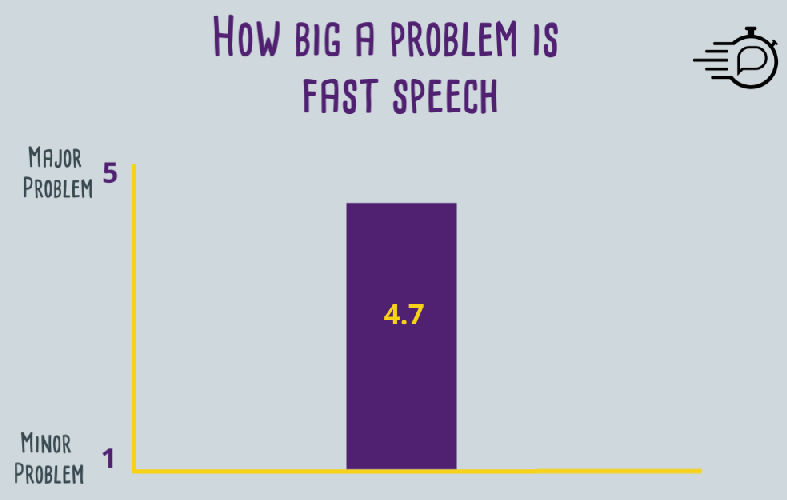
 |
SUMMARY Module 3: Rate of Speech |
- 550 pilots and controllers from 82 countries rated problems caused by native English speaking aviators
- Fast speech averaged a score of 4.7

 |
SUMMARY Module 3: Rate of Speech |
- Eurocontrol found that fast speech was the main reason for communication breakdown in:
- 28% of misunderstood call signs, and
- 42% of misunderstood frequency changes.
 |
SUMMARY Module 3: Rate of Speech |
- Eurocontrol found that fast speech was the main reason for communication breakdown in:
- 28% of misunderstood call signs, and
- 42% of misunderstood frequency changes.
 |
SUMMARY Module 3: Rate of Speech |
Fast speech: the causes
-
- It may be a habit
- We are physiologically designed to do this when we're busy or multi-tasking
- We may not realise we're doing it
- We may not have realised how big a problem it is in international aviation
- It may be a habit
 |
SUMMARY Module 3: Rate of Speech |
Fast speech: the causes
-
- It may be a habit
- We are physiologically designed to do this when we're busy or multi-tasking
- We may not realise we're doing it
- We may not have realised how big a problem it is in international aviation
- It may be a habit
 |
SUMMARY Module 3: Rate of Speech |
Remember the 100 words per minute rule
Practice makes perfect!
- Practise slowing your breathing
 |
SUMMARY Module 3: Rate of Speech |
Remember the 100 words per minute rule
Practice makes perfect!
- Practise slowing your breathing
 |
SUMMARY Module 3: Rate of Speech |
- Practise putting pauses before important words or numbers
 |
SUMMARY Module 3: Rate of Speech |
- Practise putting pauses before important words or numbers
 |
SUMMARY Module 3: Rate of Speech |
Remember the 100 words per minute rule
Practice makes perfect!
- Practise using a metronome (the SayAgain metronome is available at the end of this course)
 |
SUMMARY Module 3: Rate of Speech |
Remember the 100 words per minute rule
Practice makes perfect!
- Practise using a metronome (the SayAgain metronome is available at the end of this course)
 |
SUMMARY Module 3: Rate of Speech |
Remember the 100 words per minute rule
Practice makes perfect!
-
Practise speaking as slowly as you write
 |
SUMMARY Module 3: Rate of Speech |
Remember the 100 words per minute rule
Practice makes perfect!
-
Practise speaking as slowly as you write
 |
SUMMARY Module 3: Rate of Speech |
Remember the 100 words per minute rule
Practice makes perfect!
-
Practise opening your mouth more when you speak
 |
SUMMARY Module 3: Rate of Speech |
Remember the 100 words per minute rule
Practice makes perfect!
-
Practise opening your mouth more when you speak
 |
SUMMARY Module 3: Rate of Speech |
Remember the 100 words per minute rule
Practice makes perfect!
-
Practise using our rate of speech tool (available at the end of this course)
 |
SUMMARY Module 3: Rate of Speech |
Remember the 100 words per minute rule
Practice makes perfect!
-
Practise using our rate of speech tool (available at the end of this course)
 |
SUMMARY Module 4: Pronunciation & Accents |
English pronunciation can be because it is not always possible to tell how to pronounce a word from the way it is written.
 |
SUMMARY Module 4: Pronunciation & Accents |
English pronunciation can be because it is not always possible to tell how to pronounce a word from the way it is written.
 |
SUMMARY Module 4: Pronunciation & Accents |
In some cases, people may have seen a word but not heard it - especially if it is in plain English rather than standard phraseology.
 |
SUMMARY Module 4: Pronunciation & Accents |
In some cases, people may have seen a word but not heard it - especially if it is in plain English rather than standard phraseology.
 |
SUMMARY Module 4: Pronunciation & Accents |
- To ensure safe communication, we need to focus on what people mean rather than how they say it
- ICAO allows non-native speakers to have a strong accent
 |
SUMMARY Module 4: Pronunciation & Accents |
- To ensure safe communication, we need to focus on what people mean rather than how they say it
- ICAO allows non-native speakers to have a strong accent
 |
SUMMARY Module 4: Pronunciation & Accents |
- Native speakers are in the minority of people who speak English around the world
- This means that native speaker pronunciation can sometimes sound strange to non-native speakers, especially with plain English
- ICAO requires us to “use an accent or dialect which is intelligible to the international aeronautical community”
- Nobody should assume their pronunciation is clear just because they are a native speaker
 |
SUMMARY Module 4: Pronunciation & Accents |
- Native speakers are in the minority of people who speak English around the world
- This means that native speaker pronunciation can sometimes sound strange to non-native speakers, especially with plain English
- ICAO requires us to “use an accent or dialect which is intelligible to the international aeronautical community”
- Nobody should assume their pronunciation is clear just because they are a native speaker
 |
SUMMARY Module 4: Pronunciation & Accents |
- We need to pronounce words in the way that ICAO recommends
- As well as speaking at the correct rate of speech, say each word clearly and slowly, without chopping off the endings of words
- Place appropriate pauses between words and phrases
- Maintain a constant volume
- This is all especially important when we’re using plain English
 |
SUMMARY Module 4: Pronunciation & Accents |
- We need to pronounce words in the way that ICAO recommends
- As well as speaking at the correct rate of speech, say each word clearly and slowly, without chopping off the endings of words
- Place appropriate pauses between words and phrases
- Maintain a constant volume
- This is all especially important when we’re using plain English
 |
SUMMARY Module 4: Pronunciation & Accents |
- We can become more familiar with international accents by using the SayAgain accent tool at the end of this course
- This provides over 500 audio recordings of people of 18 different nationalities speaking English
- This will give you exposure to a wide range of international accents
 |
SUMMARY Module 4: Pronunciation & Accents |
- We can become more familiar with international accents by using the SayAgain accent tool at the end of this course
- This provides over 500 audio recordings of people of 18 different nationalities speaking English
- This will give you exposure to a wide range of international accents
 |
SUMMARY Module 5: Readback and Clarification |
-
An FAA study found that in certain circumstances, 25% of readbacks are incorrect
-
An Australian investigation found the figure can be as high as 32%
-
The FAA found that as many as 95% of wrong readbacks were not corrected by Air Traffic Control
 |
SUMMARY Module 5: Readback and Clarification |
-
An FAA study found that in certain circumstances, 25% of readbacks are incorrect
-
An Australian investigation found the figure can be as high as 32%
-
The FAA found that as many as 95% of wrong readbacks were not corrected by Air Traffic Control
 |
SUMMARY Module 5: Readback and Clarification |
Improving readback:
- The first thing is to have realistic expectations
- ICAO does not expect understanding to be immediate - especially if we use difficult English or there is a non-routine situation
 |
SUMMARY Module 5: Readback and Clarification |
Improving readback:
- The first thing is to have realistic expectations
- ICAO does not expect understanding to be immediate - especially if we use difficult English or there is a non-routine situation
 |
SUMMARY Module 5: Readback and Clarification |
Improving readback:
- Level 4 speakers are not always expected to understand a message the first time they hear it
- In fact, they're often expected to need to check, confirm or clarify what we've said
 |
SUMMARY Module 5: Readback and Clarification |
Improving readback:
- Level 4 speakers are not always expected to understand a message the first time they hear it
- In fact, they're often expected to need to check, confirm or clarify what we've said
 |
SUMMARY Module 5: Readback and Clarification |
Improving readback:
- We should always listen to readback carefully
- We need to give people time to process what we've said
- Stick to standard phraseology wherever possible
- If we need to use plain English, or we're in a non-routine situation, we can expect understanding to be slower
 |
SUMMARY Module 5: Readback and Clarification |
Improving readback:
- We should always listen to readback carefully
- We need to give people time to process what we've said
- Stick to standard phraseology wherever possible
- If we need to use plain English, or we're in a non-routine situation, we can expect understanding to be slower
 |
SUMMARY Module 5: Readback and Clarification |
- We can make allowances for language background and we can moderate our rate of speech and message length
- We need to be prepared to repeat or paraphrase what we’ve said
 |
SUMMARY Module 5: Readback and Clarification |
- We can make allowances for language background and we can moderate our rate of speech and message length
- We need to be prepared to repeat or paraphrase what we’ve said
 |
SUMMARY Module 6: Simple Transmissions |
 |
SUMMARY Module 6: Simple Transmissions |
 |
SUMMARY Module 6: Simple Transmissions |
- We asked aviators to rate communication problems on a scale of 1-5
- Long messages were rated at 4.9 – a huge problem
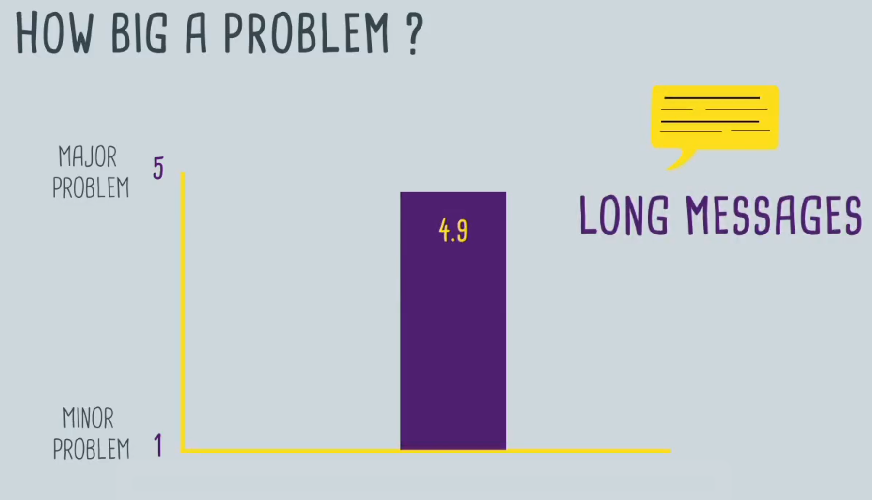
 |
SUMMARY Module 6: Simple Transmissions |
- We asked aviators to rate communication problems on a scale of 1-5
- Long messages were rated at 4.9 – a huge problem

 |
SUMMARY Module 6: Simple Transmissions |
- Our brains cannot handle long messages when we're busy
- When we're multi-tasking, we can only process about 3 pieces of information at one time
- And we often can’t remember information for more than 15-30 seconds
- That’s a good guide to the maximum length an RTF message should be
 |
SUMMARY Module 6: Simple Transmissions |
- Our brains cannot handle long messages when we're busy
- When we're multi-tasking, we can only process about 3 pieces of information at one time
- And we often can’t remember information for more than 15-30 seconds
- That’s a good guide to the maximum length an RTF message should be
 |
SUMMARY Module 6: Simple Transmissions |
Help EVERYONE by keeping messages as short as possible.
- Especially if you need to use plain English or lots of numbers about different things
- Break long messages into shorter transmissions if necessary
 |
SUMMARY Module 6: Simple Transmissions |
Help EVERYONE by keeping messages as short as possible.
- Especially if you need to use plain English or lots of numbers about different things
- Break long messages into shorter transmissions if necessary
 |
SUMMARY Module 6: Simple Transmissions |
 |
SUMMARY Module 6: Simple Transmissions |
 |
SUMMARY Module 7: Vocabulary |
What level of vocabulary does ICAO expect from Level 4 speakers?
- We can expect Level 4 speakers to understand standard phraseology
- But they are NOT expected to understand a broad range of general vocabulary
 |
SUMMARY Module 7: Vocabulary |
What level of vocabulary does ICAO expect from Level 4 speakers?
- We can expect Level 4 speakers to understand standard phraseology
- But they are NOT expected to understand a broad range of general vocabulary
 |
SUMMARY Module 7: Vocabulary |
What level of vocabulary does ICAO expect from Level 4 speakers?
"When confronted with plain English, comprehension may be slower, require clarification, and depend on the appropriate choices of simple vocabulary"
 |
SUMMARY Module 7: Vocabulary |
What level of vocabulary does ICAO expect from Level 4 speakers?
"When confronted with plain English, comprehension may be slower, require clarification, and depend on the appropriate choices of simple vocabulary"
 |
SUMMARY Module 7: Vocabulary |
How can we simplify our vocabulary?
- Say only what your listener needs to know:
Pilot “We have a problem with the left engine cowling.”
Pilot “We have a problem with the left engine.”
 |
SUMMARY Module 7: Vocabulary |
How can we simplify our vocabulary?
- Say only what your listener needs to know:
Pilot “We have a problem with the left engine cowling.”
Pilot “We have a problem with the left engine.”
 |
SUMMARY Module 7: Vocabulary |
How can we simplify our vocabulary?
- Give simple explanations by defining words clearly
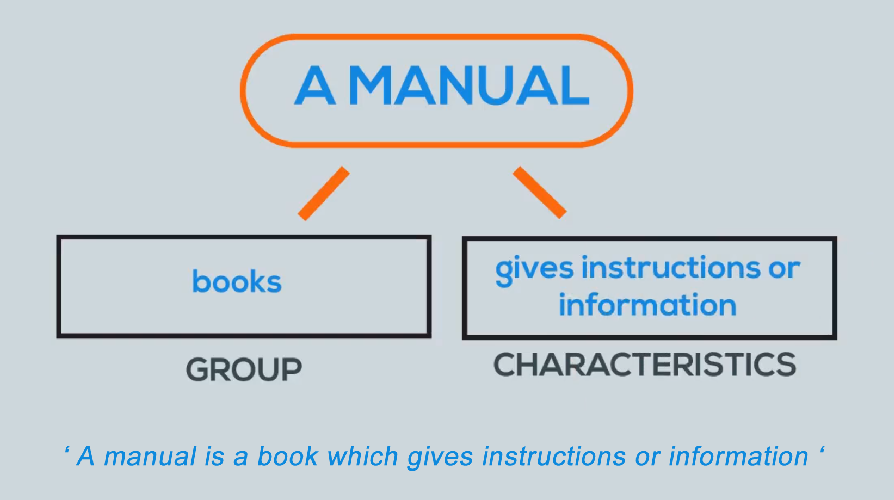
 |
SUMMARY Module 7: Vocabulary |
How can we simplify our vocabulary?
- Give simple explanations by defining words clearly

 |
SUMMARY Module 7: Vocabulary |
How can we simplify our vocabulary?
- Avoid Phrasal Verbs

 |
SUMMARY Module 7: Vocabulary |
How can we simplify our vocabulary?
- Avoid Phrasal Verbs

 |
SUMMARY Module 7: Vocabulary |
How can we simplify our vocabulary?
- Avoid idioms and slang
‘How are you riding today, much chop?’ “Do you see the rabbit lights?”
“How is your flight, much turbulence?” “Do you see the runway lights?”
 |
SUMMARY Module 7: Vocabulary |
How can we simplify our vocabulary?
- Avoid idioms and slang
‘How are you riding today, much chop?’ “Do you see the rabbit lights?”
“How is your flight, much turbulence?” “Do you see the runway lights?”
 |
SUMMARY Module 8: Grammar |
- English grammar is often very different to other languages
 |
SUMMARY Module 8: Grammar |
- English grammar is often very different to other languages
 |
SUMMARY Module 8: Grammar |
- ICAO divides grammar into basic and complex forms
 |
SUMMARY Module 8: Grammar |
- ICAO divides grammar into basic and complex forms
 |
SUMMARY Module 8: Grammar |
- ICAO does not expect Level 4 speakers to be able use basic grammar perfectly at all times
- Mistakes are allowed, as long as the overall meaning is clear
 |
SUMMARY Module 8: Grammar |
- ICAO does not expect Level 4 speakers to be able use basic grammar perfectly at all times
- Mistakes are allowed, as long as the overall meaning is clear
 |
SUMMARY Module 8: Grammar |
- ICAO does not expect Level 4 speakers to be able to use complex grammar
 |
SUMMARY Module 8: Grammar |
- ICAO does not expect Level 4 speakers to be able to use complex grammar
 |
SUMMARY Module 8: Grammar |
- This means we need to simplify our own grammar as much as possible
- We need to focus on what people mean, not on mistakes that people make
 |
SUMMARY Module 8: Grammar |
- This means we need to simplify our own grammar as much as possible
- We need to focus on what people mean, not on mistakes that people make
 |
SUMMARY Module 9: Human Factors |
- Non-language factors can impede clear communication:
- Fatigue
- Traffic volume
- Frequency congestions
- Stress
- Levels of situational awareness
- Fatigue
 |
SUMMARY Module 9: Human Factors |
- Non-language factors can impede clear communication:
- Fatigue
- Traffic volume
- Frequency congestions
- Stress
- Levels of situational awareness
- Fatigue
 |
SUMMARY Module 9: Human Factors |
Speak out
- We need to speak out if there is a problem - we cannot stay silent
- We may find this difficult
- We need to be aware of how we see ourselves and other people so that we have the confidence to communicate
 |
SUMMARY Module 9: Human Factors |
Speak out
- We need to speak out if there is a problem - we cannot stay silent
- We may find this difficult
- We need to be aware of how we see ourselves and other people so that we have the confidence to communicate
 |
SUMMARY Module 9: Human Factors |
Cultural fluency
- We can improve safety by being aware of how people do things in other countries
 |
SUMMARY Module 9: Human Factors |
Cultural fluency
- We can improve safety by being aware of how people do things in other countries
 |
SUMMARY Module 9: Human Factors |
Cultural fluency
- Safety is enhanced if everybody feels able to speak out about any concerns
-
Try to be aware of different cultural attitudes to:
-
Directness
-
Leadership
-
Decision-making
-
Disagreeing
-
 |
SUMMARY Module 9: Human Factors |
Cultural fluency
- Safety is enhanced if everybody feels able to speak out about any concerns
-
Try to be aware of different cultural attitudes to:
-
Directness
-
Leadership
-
Decision-making
-
Disagreeing
-
 |
SUMMARY Module 9: Human Factors |
How we can help?
- We can use our listening skills to identify that another aviator is struggling or stressed and then adapt the way we speak to help them
- We can become part of the solution
 |
SUMMARY Module 9: Human Factors |
How we can help?
- We can use our listening skills to identify that another aviator is struggling or stressed and then adapt the way we speak to help them
- We can become part of the solution
 |
PRACTICE MAKES PERFECT |
We strongly encourage you to make use of the following tools:
- Accent Tool
Listen to audio recordings made by 18 different nationalties. Each recording has been transcribed. - Metronome Tool
Learning to speak at the correct 'beat' for safe aviation communications. - Rate of Speech Tool
Read a passage and see if you are speaking at the ICAO-recommended rate of 100 words per minute. - Cultural Fluency Guide
A guide to differences in communication styles between cultures.
These resources are available here (Username sayagain | password blueskies101)
 |
PRACTICE MAKES PERFECT |
We strongly encourage you to make use of the following tools:
- Accent Tool
Listen to audio recordings made by 18 different nationalties. Each recording has been transcribed. - Metronome Tool
Learning to speak at the correct 'beat' for safe aviation communications. - Rate of Speech Tool
Read a passage and see if you are speaking at the ICAO-recommended rate of 100 words per minute. - Cultural Fluency Guide
A guide to differences in communication styles between cultures.
These resources are available here (Username sayagain | password blueskies101)






